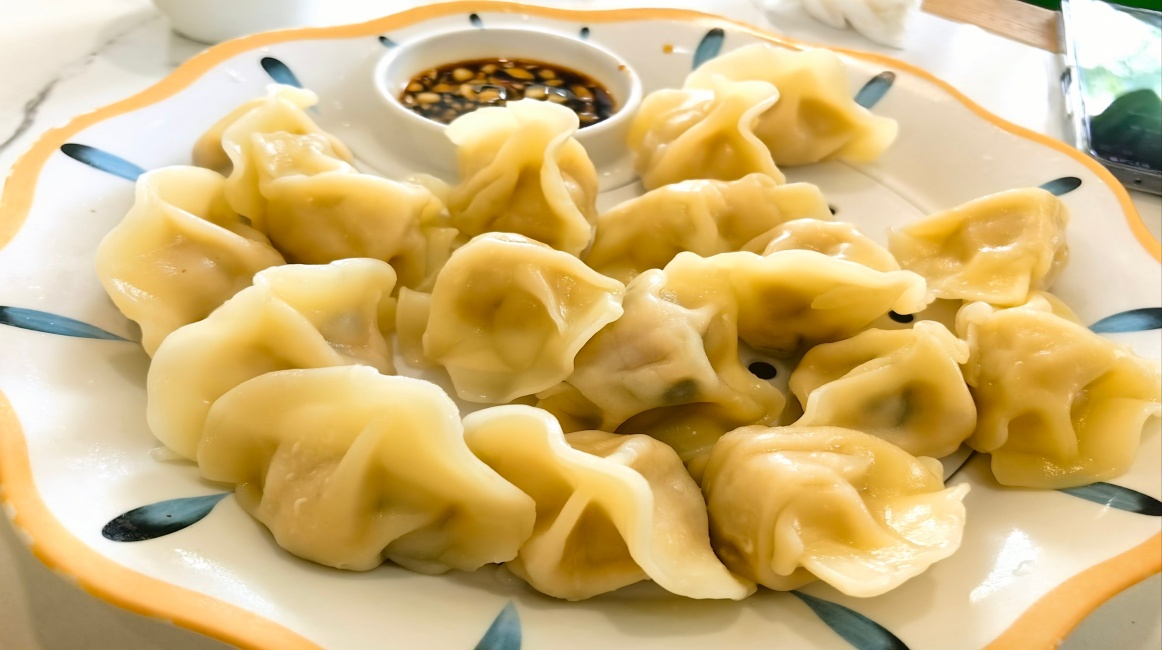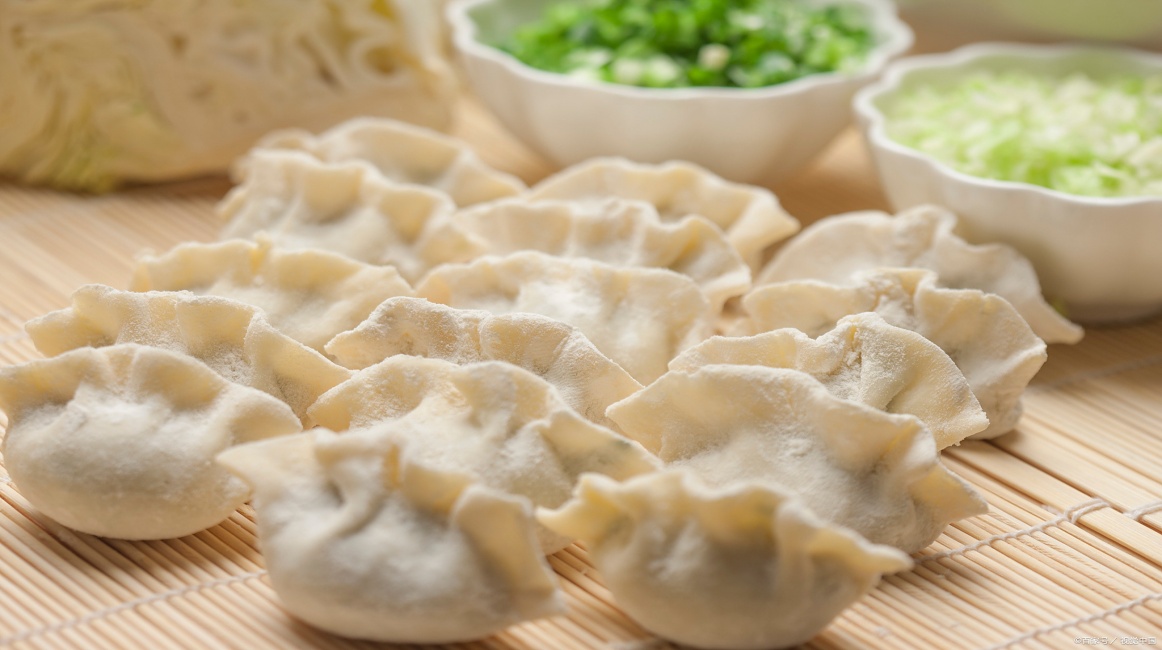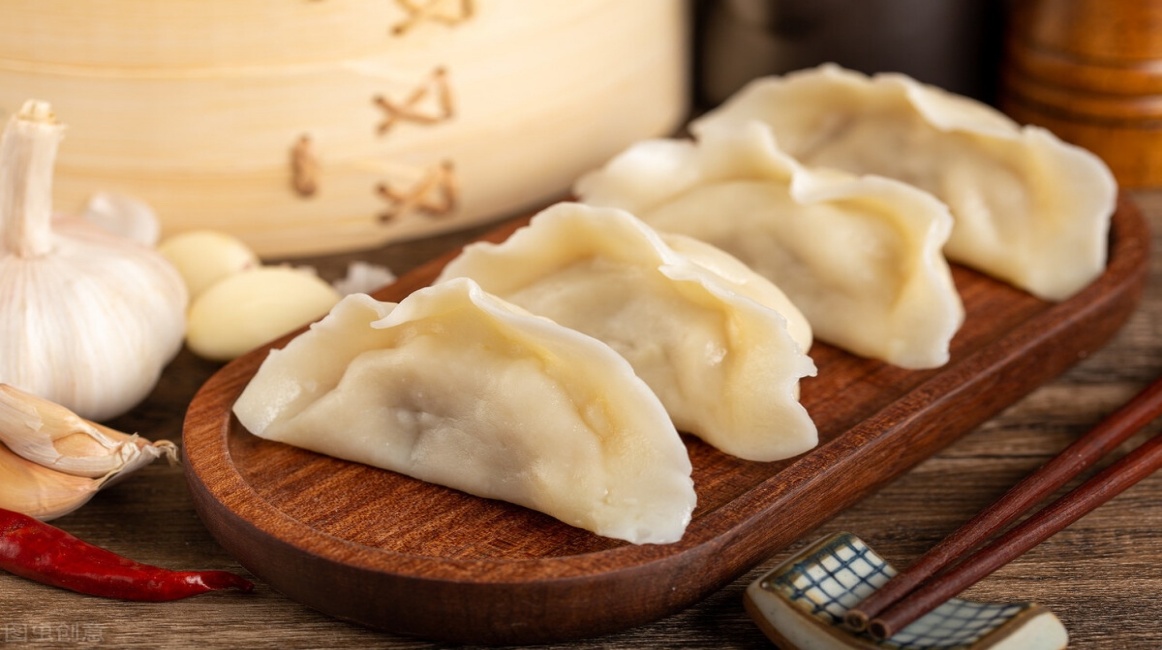In the culinary tradition of China, dumplings possess an inherent warmth. They are not elaborate banquet delicacies, but with their thin skin and fresh filling, and their auspicious symbolism of reunion and celebration, they have become a culinary icon spanning all seasons and connecting the north and south. They encapsulate the everyday warmth of life and the Chinese people's deep-seated patriotism within that delicate dough.

The magic of dumplings begins with the harmonious blend of ingredients and the skillful craftsmanship. Kneading the dough is fundamental; the ratio of cold water to flour must be precisely controlled. Kneading until smooth and elastic, followed by a brief resting time, ensures the dough is both resilient and soft. The filling is the soul of the dish. Northerners prefer rich, savory meat fillings, with pork and scallions, or beef and carrots being classic combinations. The meat is finely minced, the vegetables are chopped and squeezed dry, then mixed with scallions, ginger, soy sauce, and sesame oil, and left to marinate. Southerners value freshness and sweetness, favoring fillings like shrimp and water chestnuts, or crab roe and tofu. The ingredients are meticulously prepared, with less salt and spice to highlight their natural flavors. Vegetarians use mushrooms, greens, eggs, and glass noodles as fillings, resulting in a refreshing and unique taste. Different fillings reflect different regional culinary preferences, yet all share the pursuit of ultimate freshness.

The process of making dumplings is the most heartwarming scene. The family sits around the cutting board, dividing the work and showcasing their individual skills. The person rolling out the dough flips their wrists, the rolling pin turning and spreading out round, even dumpling wrappers one after another, thin as cicada wings yet not easily broken; the person preparing the filling constantly stirs it, ensuring the flavor is even; the dumpling makers use various techniques, some pinching neat willow-leaf pleats, others shaping them into plump ingots, even the children join in the fun, making crooked "little monsters," only to be laughed at and put on the plate by the elders, who say, "Even ugly dumplings hold good fortune." The dumpling wrappers gradually pile up into a small mountain on the cutting board, the water in the pot is already bubbling, laughter and the fresh aroma of fillings intertwine—this is the image of family reunion that Chinese people yearn for most.

The art of cooking dumplings embodies the wisdom of life passed down from ancestors. Once the water boils, the dumplings, like plump white sprites, float and tumble in the water. When the dumplings float, a spoonful of cold water is poured in to cool the water slightly; this is repeated three times to ensure the dumplings are cooked through, with the wrappers not sticking and the filling juicy. Scoop them out and plate them. No complicated seasoning is needed; a bowl of minced garlic and vinegar, or a spoonful of chili oil, is enough to bring out their exquisite aroma. Take a bite, and the piping hot broth melts on your tongue, followed by the tender filling and chewy dough. The warmth spreads from your mouth to your stomach, then throughout your body, dispelling all fatigue and chill.

The meaning of dumplings transcends the food itself. On New Year's Eve, they are auspicious symbols of "bringing in wealth and treasures," with dumplings containing coins carrying hopes for the coming year. At the Winter Solstice, they are a folk custom of "preventing frostbite on the ears," with a bowl of hot dumplings warding off the winter chill. When traveling far from home, a mother's packed frozen dumplings represent a longing that transcends mountains and seas. When reuniting with friends in a foreign land, a pot of dumplings cooked together is a comforting warmth.

They can be a quick and delicious breakfast, or a ritualistic gesture during festivals. No matter when or where, a bowl of steaming hot dumplings always awakens the softest memories in your heart, reminding you of home. This small dumpling encapsulates the essence of ingredients, the warmth of family, the inheritance of tradition, and, most importantly, the Chinese people's love for life. Through the passage of time, it has maintained its original form, healing every weary soul with its simple flavor and witnessing every moment of reunion. This is the charm of the dumpling—simple yet profound, ordinary yet precious, becoming a taste memory and cultural sentiment etched into the bones of the Chinese people.



